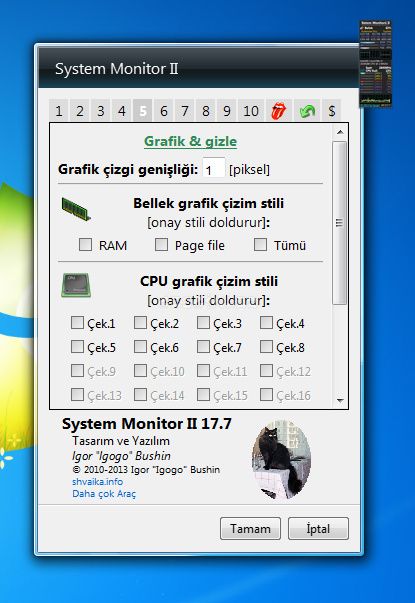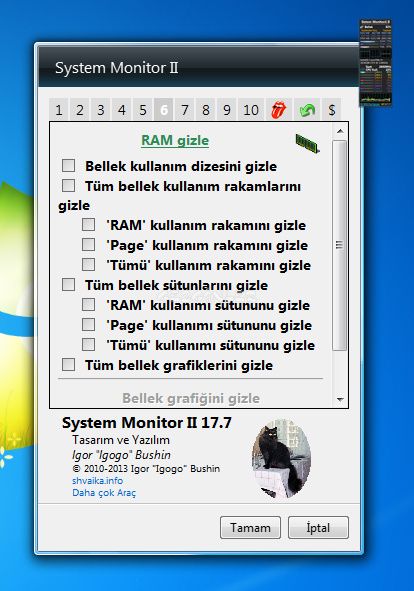

gondii may not cause a life-long CNS infection. Collectively, these data indicate that T. In addition, we found that mice infected with type III parasites, which are supposed to be less virulent than the type II parasites, had a lower rate of long-term survival. We found that parasite infection had no impact on age-associated decline in learning and memory and that by 20 months post infection, in the surviving mice, we found no evidence of parasite DNA, cysts, or inflammation in the CNS. At the end of the study, we evaluated CNS inflammation and parasite burden in the surviving mice. gondii strains (Prugniaud/type II/haplogroup 2 and CEP/type III/haplogroup 3) and monitored mouse weight, survival, and learning and memory over the ensuing 20 months. To test this hypothesis, we infected young adult mice with either of two genetically distinct, persistent T. gondii may protect against age-associated decline in cognition. Given these neuroprotective studies, we hypothesized that a prolonged infection with T. gondii infection can be neuroprotective in the context of a secondary insult like beta-amyloid accumulation or stroke. Several studies have suggested that the inflammation generated by certain strains of T.

Toxoplasma gondii is an obligate intracellular parasite that establishes a persistent, asymptomatic infection of the central nervous system (CNS) accompanied by a pro-inflammatory immune response in many of its hosts, including humans and rodents. Normal aging, in the absence of dementia, also results in gradual cognitive decline and is thought to arise, in part, because of a chronic pro-inflammatory state in the brain. Telemedicine should be considered as an appropriate support service for the management of chronic HIV infection.Persistent inflammation has been identified as a contributor to aging-related neurodegenerative disorders such as Alzheimer’s disease. Virtual Hospital is a feasible and safe tool for the multidisciplinary home care of chronic HIV patients.

Neither clinical parameters nor the evaluation of quality of life or psychological questionnaires changed significantly between the two types of care. The level of technical satisfaction with the virtual system was high: 85% of patients considered that Virtual Hospital improved their access to clinical data and they felt comfortable with the videoconference system. Baseline characteristics of patients were similar in the two arms. Of the 83 randomised patients, 42 were monitored during the first year through Virtual Hospital (Arm I) and 41 through standard care (Arm II). A technical and clinical evaluation of Virtual Hospital was carried out. Virtual Hospital offered four main services: Virtual Consultations, Telepharmacy, Virtual Library and Virtual Community. After one year of follow up, patients switched their care to the other arm. HIV-infected patients with access to a computer and broadband were randomised to be monitored either through Virtual Hospital (Arm I) or through standard care at the day hospital (Arm II). We report the results of a prospective randomised study performed over two years, comparing standard care received by HIV-infected patients with Virtual Hospital care. We developed a new internet-based home care model covering the entire management of chronic HIV-infected patients. This clinical scenario requires a new approach to simplify follow-up appointments and facilitate access to healthcare professionals. Antiretroviral therapy has changed the natural history of human immunodeficiency virus (HIV) infection in developed countries, where it has become a chronic disease.


 0 kommentar(er)
0 kommentar(er)
